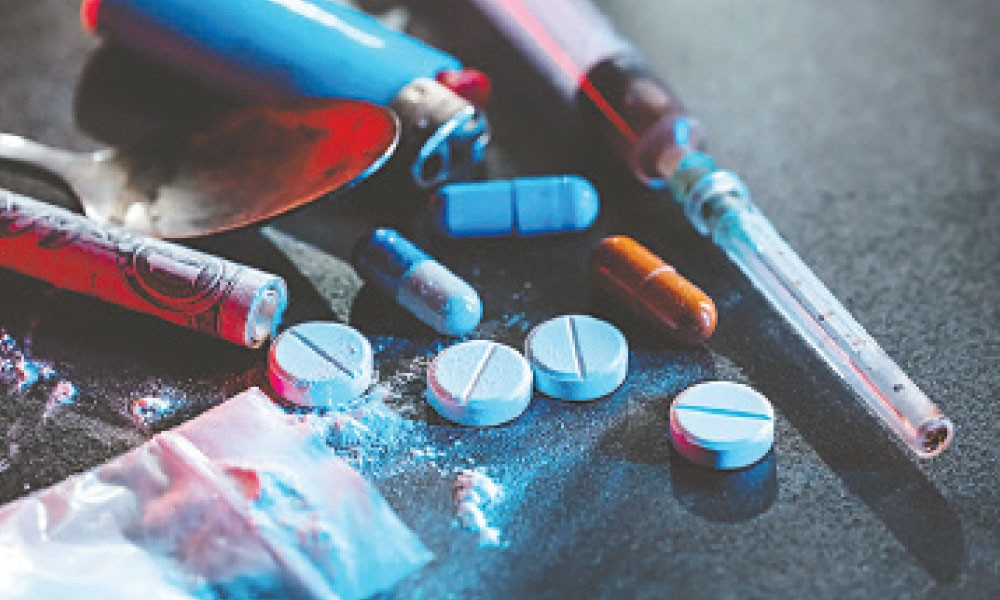Child Rights Week Begins Today
Street children increasingly trapped in drugs and crime
Daily Sun Report, Dhaka
Published: 29 Sep 2025

Child Rights Week begins across Bangladesh today (29 September), amid growing concerns over the rising number of street children and their increasing involvement in drug abuse and crime.
Despite numerous government and non-government initiatives, the number of street children across the country continues to rise. Alongside this growth, drug use among them is escalating. While official estimates suggest 58 per cent of street children are addicted to drugs, non-governmental organisations (NGOs) claim the actual figure exceeds 70 per cent. Many of these children, trapped in addiction, become involved in theft, mugging and other crimes.
Experts argue that effective rehabilitation measures are urgently required to secure a better future for street children. This year’s Child Rights Week, like previous years, will include various government and NGO-led programmes focusing on their welfare, but there remains little assurance that recommendations will be implemented. Currently, the capital Dhaka has around one million street children but only two rehabilitation centres, located in Kamalapur and Karwan Bazar, together accommodating just 152 children.
A 2024 study by the Child Sensitive Social Protection in Bangladesh, Phase-2 project, run by the Ministry of Social Welfare and UNICEF, found there are more than 3.4 million street children in Bangladesh. Economic hardship forces many of them into labour, while lack of educational opportunities traps them in a cycle of poverty. Neglect, abuse and social stigma drive countless others onto the streets.
According to research by the Department of Narcotics Control, 58 per cent of street children are addicted to drugs, with 14 per cent starting before the age of 10. Cannabis use is most common, with 31.7 per cent addicted, followed by glue-sniffing (15.2 per cent). In Dhaka alone, nearly 75,000 street children are addicted to glue.
The Bangladesh Bureau of Statistics (BBS) 2022 Survey on Street Children revealed that 48.5 per cent of street children live in the Dhaka division, with 22.7 per cent in Dhaka South City Corporation and 18.3 per cent in Dhaka North. Sylhet division has the lowest figure at just 4 per cent. Boys make up 82 per cent of the street child population, while 18 per cent are girls. More than half are aged between 10 and 14.
Nearly one-third of them lack access to basic facilities. Almost half sleep on the ground with only jute bags, cardboard, plastic sheets or thin blankets for cover. Nine out of ten are engaged in some form of work, including waste-picking, begging, street vending, hazardous transport and construction labour. Many girls are driven into sex work.
Street children are highly visible in Dhaka’s public spaces, including footpaths, railway stations, bus counters, terminals, under flyovers and footbridges, and even road dividers. Karwan Bazar, Kamalapur, Paltan, the airport railway station and Sadarghat are among the areas where their presence is most noticeable. Many are addicted to drugs, with 44 per cent also engaged in drug sales and 21 per cent in crimes such as mugging.
Moniruzzaman Mukul, general secretary of the Street Children Activists Network (SCAN), told Kaler Kantho that government initiatives remain inadequate and the number of organisations working with street children is far too few. He urged collective action to ensure their education, healthcare and rehabilitation, warning that drug abuse and begging continue to trap many in misery.
Public health expert Dr Lenin Chowdhury also stressed the need for a long-term action plan. “We must focus on preventing children from ending up on the streets, while simultaneously rehabilitating those who are already there. First, we need an accurate count of their numbers, followed by coordinated efforts from all relevant ministries. Society as a whole must also stand beside them,” he said.
He further warned that lack of family discipline, affection and guidance pushes children towards drugs, while girls face risks of sexual exploitation and trafficking. Dr Chowdhury emphasised the urgent need for integrated measures from both government and non-government actors to protect street children and reintegrate them into society.
Source: Kaler Kantho

